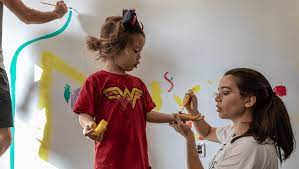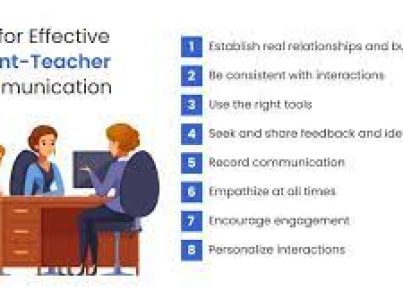Introduction
Education plays a vital role in the development of every child. It lays the foundation for future success and shapes their worldviews. While schools provide formal education, parents and guardians are critical in reinforcing academic values to help children thrive. Bridging the gap between school and home is essential for an integrated learning experience.
Home-School Communication Strategies
Families and teachers must work in tandem to ensure that children benefit not only from academic lessons but also derive value from their cumulative experiences. Here are some effective strategies to bridge the gap between school and home:
1. Establish open communication channels
Transparent communication is critical in establishing trust and rapport between parents and educators. Both parties should share information about the student’s progress, strengths, weaknesses, challenges, and any critical updates through various channels such as email, phone calls, or messaging apps.
2. Organize regular parent-teacher conferences
Regular parent-teacher conferences facilitate updates on the child’s progress, curriculum changes, or behavioral concerns. Conferences allow educators to learn more about the student’s home environment that may be affecting their academic performance.
3. Connect through technology
Leveraging technology such as online portals or messaging apps enhances families’ involvement in their child’s education journey. These platforms allow parents to track grades, assignments, deadlines, announcements, and even join forums for discussions with other parents and teachers.
4. Create partnerships with local community organizations
Building alliances with community organizations opens up opportunities for joint projects that enrich students’ educational experiences outside the classroom.
Involving Parents in Child’s Education
It is essential for family members to participate actively in their child’s learning process by supporting them both emotionally and academically. Here are some tips for parents looking to enhance their involvement:
1. Establish a routine
Inculcate discipline by creating a daily schedule that combines homework time, extracurricular activities, and social playtime.
2. Designate a study space
Create a dedicated, well-equipped study area for the child to pursue academic tasks without distractions.
3. Encourage reading
Foster a reading culture by discussing varied topics and engaging in regular reading sessions as a family.
4. Help with homework
Assist children with their homework assignments by clarifying their doubts, ensuring they understand concepts, and guiding them through problemsolving strategies.
5. Collaborate on projects
Work together on school projects to promote hands-on learning while nurturing responsibility and creativity.
6. Attend school events
Participating in school events such as performances or sports games demonstrates support and encouragement for the child’s interests.
Conclusion
Bridging the gap between school and home is paramount for a well-rounded educational experience. By adopting effective communication strategies and promoting parental involvement, students stand to gain a comprehensive education that equips them with the necessary skills to navigate their personal and professional futures. The synergy between schools, families, and community organizations fosters greater academic success and personal growth for children throughout their educational journey.





